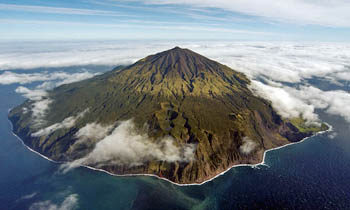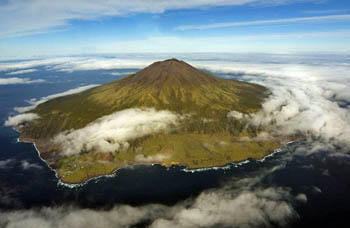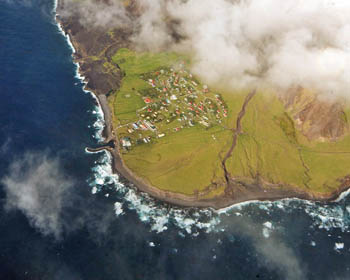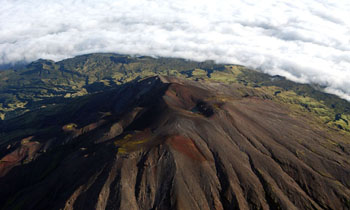Earthquakes

Total features returned: 3 <TABLE border=1><TBODY><TR><TH>Location</TH><TH>Mag.</TH><TH>Time</TH></TR><TR></TR><TR><TD>Tristan da Cunha region</TD><TD>5.1</TD><TD>2010-01-27T12:31:36Z</TD><TR></TR><TR><TD>Tristan da Cunha region</TD><TD>5.2</TD><TD>2010-01-27T11:20:36Z</TD><TR></TR><TR><TD>Tristan da Cunha region</TD><TD>5.5</TD><TD>2010-01-26T15:22:05Z</TD></TR></TBODY></TABLE>


Total features returned: 3 <TABLE border=1><TBODY><TR><TH>Location</TH><TH>Mag.</TH><TH>Time</TH></TR><TR></TR><TR><TD>Tristan da Cunha region</TD><TD>5.1</TD><TD>2010-01-27T12:31:36Z</TD><TR></TR><TR><TD>Tristan da Cunha region</TD><TD>5.2</TD><TD>2010-01-27T11:20:36Z</TD><TR></TR><TR><TD>Tristan da Cunha region</TD><TD>5.5</TD><TD>2010-01-26T15:22:05Z</TD></TR></TBODY></TABLE>







 </Q>
</Q>
Comment